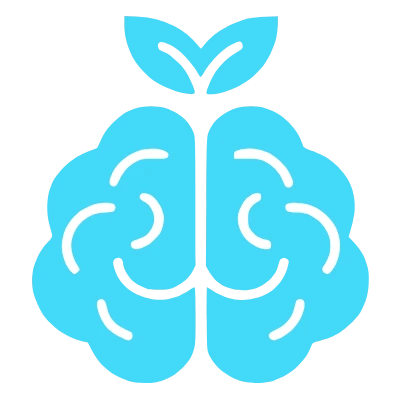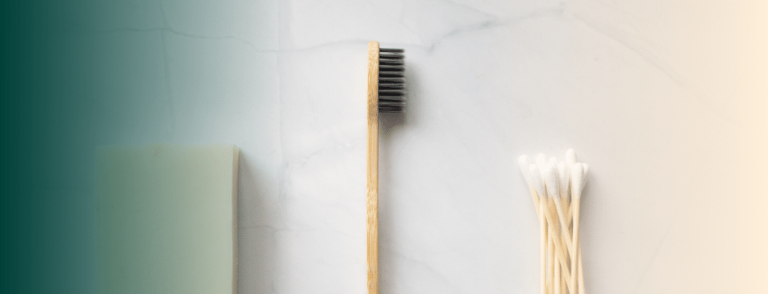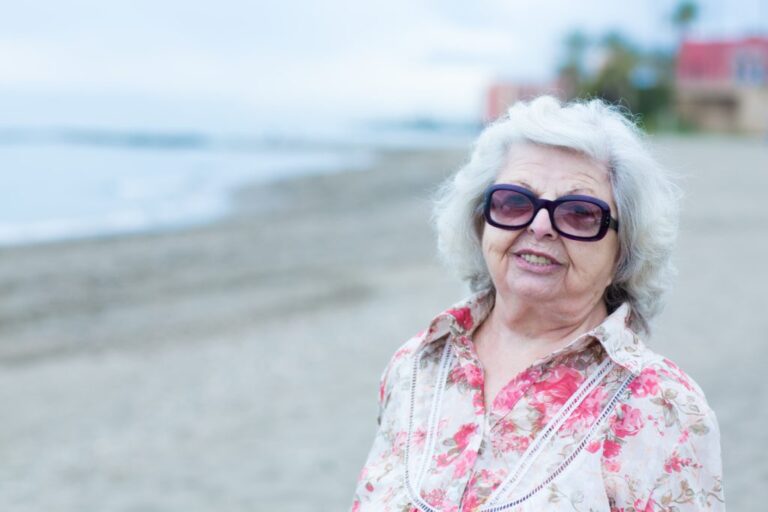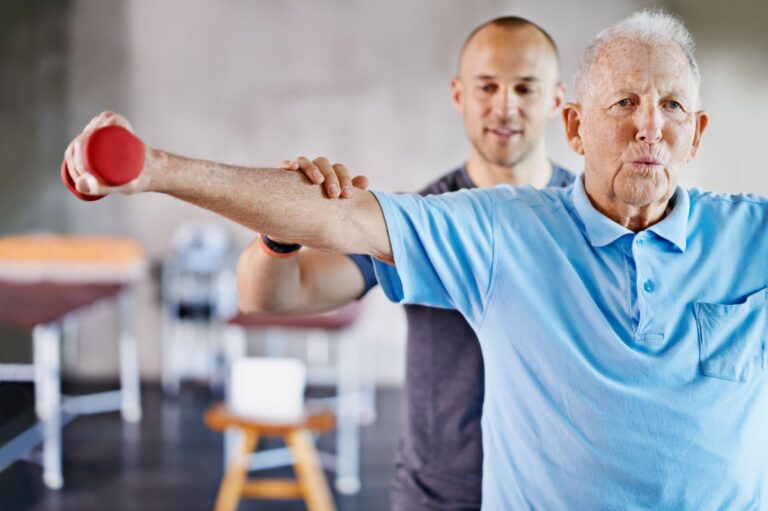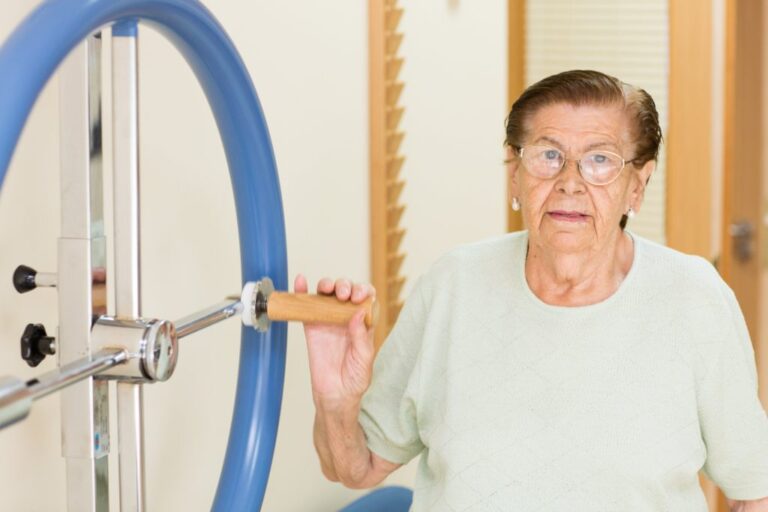Balance and gait disturbances are common in older people, which directly influences the risk of falls. Approximately 30% of those over 65 years of age fall once a year, and this percentage increases to 50% in those over 80. Therefore, the intervention of professionals who work at the residences is aimed at improving functionality to increase autonomy and avoid complications that could compromise the health and well-being of residents.
Doing physical exercise adapted and aimed at older people is one of the most interesting resources to prevent gait disorders. And, specifically, aquatic therapy is achieving important benefits to improve the functional abilities of the elderly, slow down and delay the physical deterioration that is implicit in aging and avoid the risk of falls. With this objective, the are implementing this activity in centers that have pool and spa facilities.
In general, practicing physical activity in the water is easier and more motivating than in a room or gym. “Performing movements in the aquatic environment is easier, but it also offers greater resistance, which allows you to exercise and tone the muscles. Furthermore, by reducing the impact, the joints and extremities work effectively, but suffer less, reducing or avoiding pain in case of trauma, osteoarthritis, arthritis, fibromyalgia, etc.,” they explain from the residence. On the other hand, older people feel safer when performing any movement because, due to flotation, there is no risk of falling.
Aquatic therapy to prevent and rehabilitate
Aquatic therapy offers many possibilities for intervention both within the framework of the prevention and rehabilitation of physical or neurological pathologies. In fact, it is highly recommended for patients with Alzheimer’s or Parkinson’s. However, as we maintain, “the most important thing is that they adapt to the conditions and needs of each resident.” For this, the team establish an action plan and determine the activities to be carried out in each case.
In any case, the main objectives of training and aquatic therapy include the following:
- Exercise the muscles of the extremities.
- Improve mobility and physical functionality.
- Improve balance.
- Reduce muscle and joint pain.
- Increase the motivation of older people regarding the practice of physical exercise.
- Encourage socialization.
And all of this, ultimately, contributes to promoting personal autonomy and active aging, purposes of care for the elderly and/or dependent people.
Psychological benefits
The benefits of aquatic therapy are not only physical, but also psychological and cognitive. Working in water helps you relax, especially if the water is at a certain temperature. In addition, exercise is done at a calm pace and older people can enjoy all the advantages of exercising, while having fun, improving self-esteem.
On the other hand, they are activities that take them out of their routine and allow them to socialize and interact with other classmates in a relaxed and playful environment. By promoting interpersonal relationships, aquatic therapy also counteracts the feeling of isolation and loneliness.
